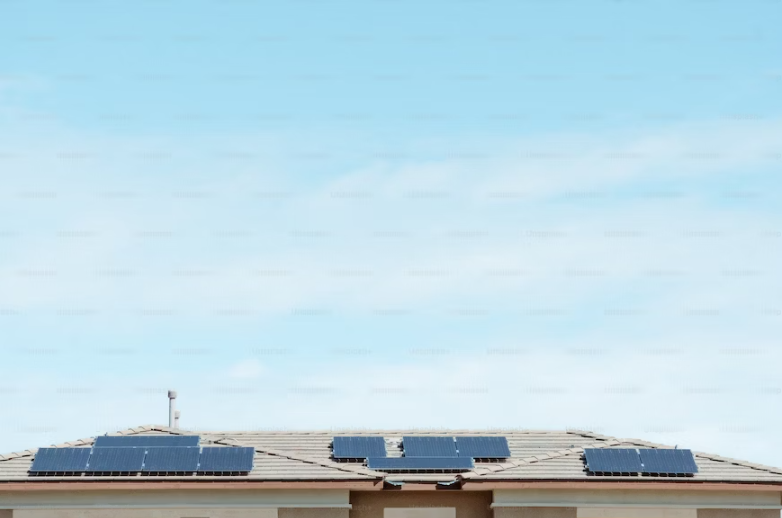Solar systems are a significant investment. Understanding how much a system costs and how that cost will impact your home value is essential before deciding to switch to solar power.
The average price of a solar electric system depends on the size and installation method you choose. This pricing includes materials, labor, and any available tax credits and incentives.
Cost of Solar Panels
The brunt of the cost for any solar energy system is the purchase and installation of the actual panels. This includes the panels themselves, inverters, and mounting hardware. The size of the solar panel array will also influence the total cost. For instance, a more extensive system will need more panels than one that is smaller.
The size of the solar system required will also depend on how much energy you use and how many people live in your home. A solar expert will typically collaborate with you to assess your typical energy consumption and recommend a system size. The calculator can determine how much energy your home will require.
In addition, many homeowners opt to install a battery-based energy storage system. This will increase the upfront costs of a solar system, but it can help reduce your utility bills significantly. Solar energy systems are a long-term investment that will enable you to save money for decades and have a lifespan of 25 to 35 years.
Another advantage is using federal, state, and local tax credits and incentives to offset solar energy’s initial purchase and installation costs. Your solar energy bills could drop by up to 30%. Additionally, you can lower your utility costs by using net metering to sell any additional electricity your solar panels produce back to the utility provider.
Cost of Installation
Many people assume that the price of solar panels is the direct cost of a system, but the truth is that only about a quarter of your solar costs are for meetings. The remainder is for labor, operational expenses, and equipment like inverters. Many homeowners are also eligible for solar tax incentives, which lower installation costs. These incentives include cash rebates, solar renewable energy credits, and property tax exemptions. These benefits vary by state, so check with your local utility company to see what’s available.
Other factors that impact the average cost of solar systems include panel brand and quality (e.g., higher quality panels usually mean a more expensive system), roof characteristics, and labor costs. Labor costs vary by location, and different solar providers charge different rates.
Solar energy systems are an excellent investment for most households, but the upfront cost can be prohibitive for some. This is why solar leasing options and PPAs are popular among consumers who want to go solar without paying for the total cost of a system upfront. These payment methods bundle the system’s installation and electricity supply costs into a monthly bill, saving consumers in upfront payments. You may save a different amount depending on the size of your solar system, how much energy your home consumes, and the cost of electricity in your area. However, the vast majority of homes will see a significant reduction in their energy costs after switching to solar.
Cost of Batteries
The cost of solar batteries is another crucial factor when considering a home solar energy system. The good news is that the federal solar tax credit covers the installation costs of battery systems, and you may qualify for additional state incentives. Adding batteries to your solar power system will generally increase the cost of the system depending on the type and size of batteries you select.
When comparing estimates, be sure to evaluate the system’s gross cost. This includes everything required to switch the system on legally before utilizing any financial benefits, such as the Federal Solar Tax Credit. This is an excellent approach to verify that you get comparable quotes from different vendors, as they may vary depending on the solar panel types, wattages, and other attributes.
Depending on your location and electricity consumption, you’ll need between 25 and 35 solar panels to generate enough energy for your household. Homeowners typically consult a solar expert to determine the best system size for their needs and budget.
If you’re worried about the upfront investment of going solar, leasing options are available. While these won’t reduce the overall installation cost, they can help you save money on your utility bills and avoid paying a large upfront sum.
Cost of Inverters
The inverter converts the DC the solar panels generate into an electric voltage that can power your home. The inverter prices depend on their quality and features, as well as the size of your system. American-made inverters cost more than imported models.
Installation costs are another major factor that impacts the overall price of your solar energy system. These include permits, inspections, and wiring (which depends on the size of your system). You can estimate these costs using a tool.
You must also consider your potential solar energy savings and these expenses. If the electricity produced by your solar panel system is more significant than what you require, it will be routed to the grid and sold there for less money than your utility would charge. Doing this allows you to install a solar energy system for less money and pay less for electricity.
Numerous factors, including the sunlight your roof receives, its orientation to the sun, and the roofing material you have installed, affect your ability to generate energy. Installing solar panels will cost more than in places with cheaper energy if you reside in a location with higher energy costs or have a steeper roof.
Despite the complexity of these factors, a specialist can help you analyze the overall system cost for your specific scenario. After that, you can choose the financing option that most closely matches your requirements, ranging from full payment to solar loans and leases.

